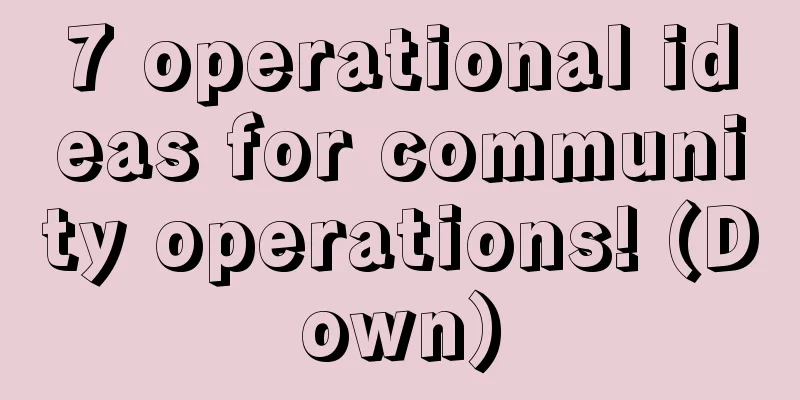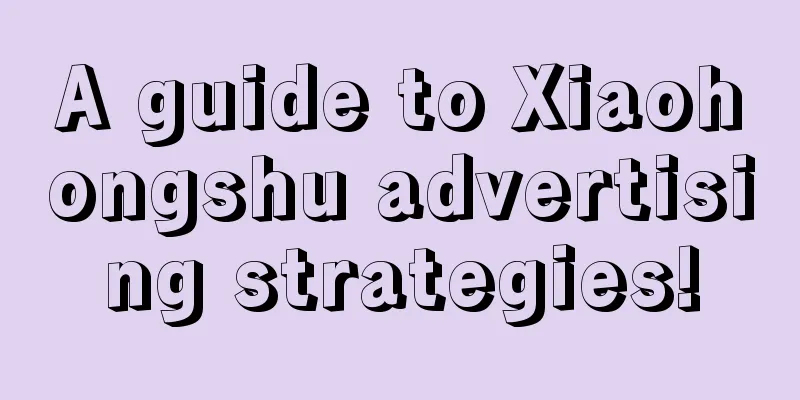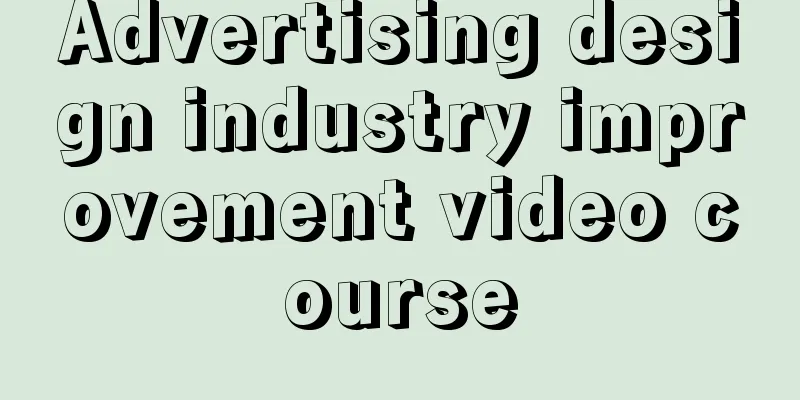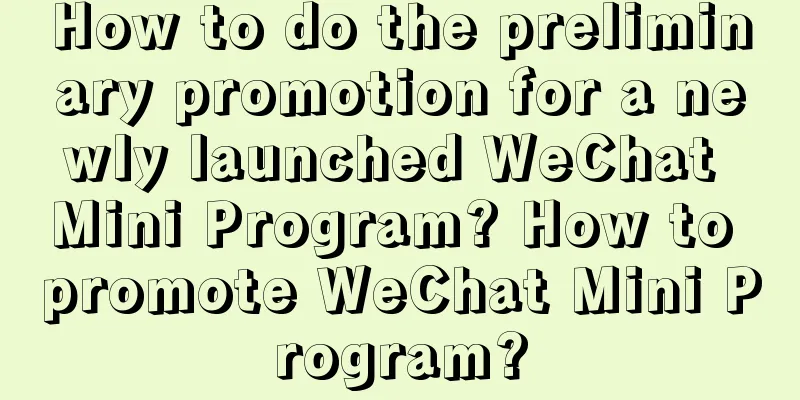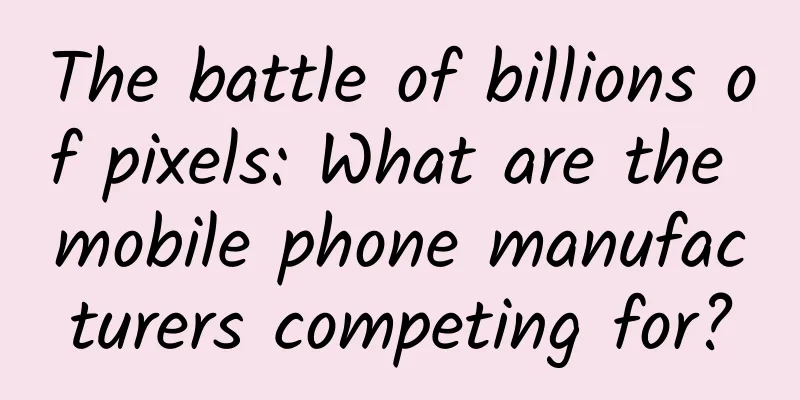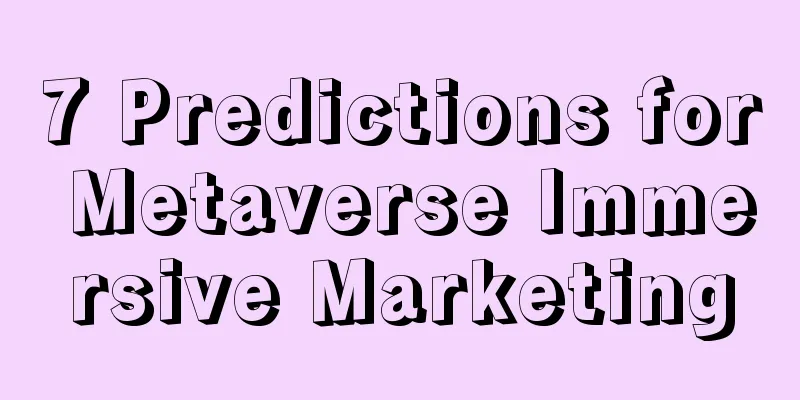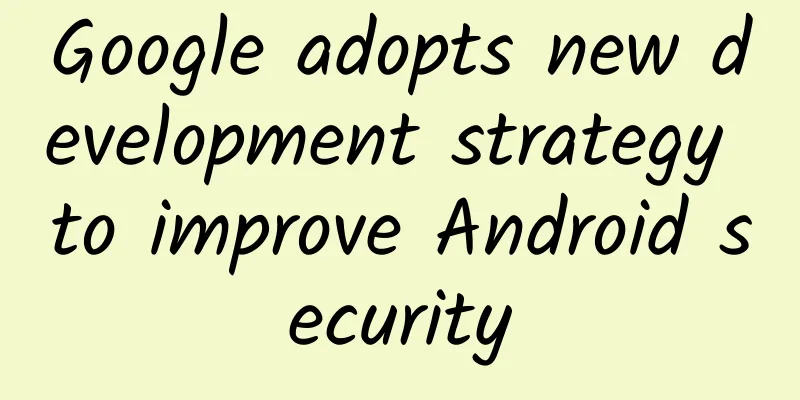NetEase Designer: How to design a banner that can make users pay?
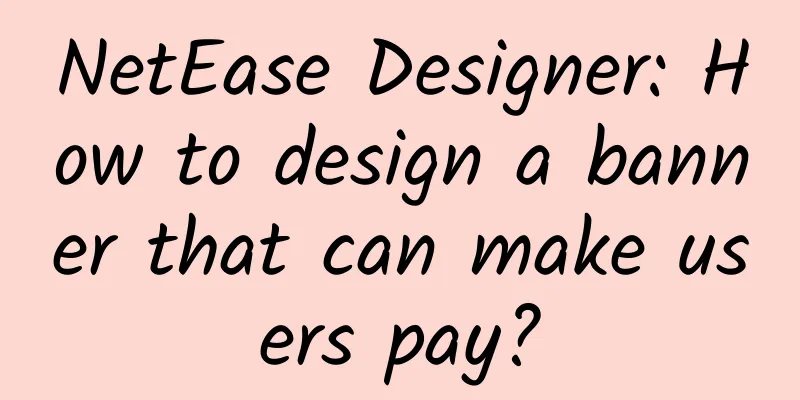
|
We explore this in three dimensions:
Data-driven – improving accuracy When advertising is not purposeful, it is difficult to deliver products to target users through advertising, and thus it is difficult to achieve the best benefits of advertising. The era of big data can often help our advertisements be accurately delivered to users in need. 1. Analyze the result data Whenever you open Taobao, the banner ad on the homepage will always pop up with similar products that you have recently browsed or purchased. This is because Taobao is good at using personal big data to achieve the effect of precise promotion. Before designing a banner ad, designers usually refer to the results of previous ads, such as the amount of ads, views, click-through rates, etc. to analyze the quality of A. Then, through a large amount of data comparison, they analyze which single frame in A has a greater effect, so as to provide reference for the subsequent design. (ps: The click-through rate of an ad banner is not only determined by the visual aspect, but also by the product, delivery channel, etc., which should be paid attention to when analyzing the result data) 2. User needs analysis When it comes to needs, many people think of Maslow's five needs: physiological needs, safety needs, social needs, respect needs and self-actualization needs. If we simply summarize it in one sentence, needs are the desires of users that have not yet been satisfied but are eager to be satisfied. Before we design an advertising banner, we must first think about the banner's delivery channels, product positioning, etc. to analyze the needs of target users, so that the design can be more easily accepted by target users. For example, when designing an advertising banner and placing it on Pinduoduo, we will first analyze the three main characteristics of Pinduoduo's user group through a large amount of existing data: low education (the copy should be concise and easy to understand); a large number of people outside first- and second-tier cities (the design style should be close to the user group); and the pursuit of low prices (highlighting the visual hierarchy of prices). Starting from the pursuit of low-priced high-end products, we can think about whether we can highlight the creation of contrast when designing advertising banners to grasp user needs and solve user pain points. Design is not one-size-fits-all, nor does it require groping in the dark. Instead, it must be supported by data, understand user needs, and then use design to highlight the points that users care about based on those needs in order to achieve better results. Understandability – Enhance readability Understandability emphasizes that design should start from the perspective of users obtaining information and think about how to make it easier for users to obtain advertising information. 1. Three-second rule From apps like Taobao and Xiaomi, we can see that banner images only appear for three seconds, which means that all information must be delivered to users within three seconds. Therefore, we must not only achieve barrier-free design, but also think about how to design advertising banners so that users can quickly obtain information. Generally, we should start with color, layout, level, style, creativity and other aspects. 2. Design for readability Conventional advertising banner images are mainly composed of four frames: copy frame, product picture/illustration frame, background frame and button frame. The understandability is often reflected in the content and design of the copy frame. We must make the copy as concise and popular as possible, and control the number of lines of copy content within three lines to ensure readability. In terms of design, we must not only make it comfortable and conspicuous, but also have information hierarchy to reasonably guide users to the most eye-catching information content. Following barrier-free design, we need to analyze user groups and refine product selling points before designing, and make the copy readable for users of different age groups. If it is for children, we need to make the copy concise and easy to understand, with pictures and text; for the elderly, the font should be large and the needs should be visualized... 3. Make good use of industry attributes When the product industry occupies a place in the user's mind, the advertising banner we design should be good at making use of its existing industry style, inform users of the product category in advance, and facilitate users to obtain banner information more quickly. So how to make use of the existing industry style? Here we analyze it from the perspective of color setting and style element extension. Color setting: When choosing the main color of the advertising banner, we tend to prefer the main color of the industry attribute > the main color of the eye-catching > the main color of the emotion. Of course, there are also unconventional main colors such as festivals. Choosing the main color of the industry attribute can often reflect the uniqueness of the banner. For example, education is generally blue, cosmetics are generally pink... Style elements: It may be easier to understand if we use an example here. For example, in the picture below, even without copywriting, we can use style elements to retrieve the following keywords for the product in this banner advertisement: trendy, social, romantic... Using inherent user thinking, we can quickly integrate the information that the advertisement wants to express.
The above two points both utilize users’ existing industry impressions to reduce readers’ cognitive burden and enable them to quickly obtain banner information. Some people may wonder why we design advertising banners based on industry attributes instead of brand names. I also came to the following two conclusions:
Emotional Design – Increase Click-Through Rate When the ad banner has been noticed by users and they can quickly obtain information, we still need to think about how to make users more willing to click on the content or leave an impression of the product in their minds. We mainly start from two aspects: 1. Creativity brings users closer Good design can attract users' attention, while interesting design can make users feel friendly. There are many ways to be creative, and only those that make users feel interesting are good. For example, when designing the banner of Youdao Dictionary Pen, the image of Brother Lei was added, which not only strengthened the authority of the banner, but also added fun to the banner, thus shortening the distance with users. 2. Give users a sense of Banner ads can awaken users' eyes and inform their hearts at the same time, which is the best. How to inform users' hearts? We often give them feelings based on the characteristics of the product. For example, if the product is a rice cooker, we will describe the feeling of going home to the user; if the product is furniture, we will describe life to the user...Advertisements are something that makes users feel boring. Through emotional design, we can drive users' emotions and achieve the effect of purchasing. In addition to emotional design, most banner advertising designs also give users a sense of urgency. For example, the design of the button copy changes from "click to buy" to "buy now" and then to "grab it now". This sense of urgency builds layer by layer, prompting users to click to complete the transaction. How to judge whether a design can arouse user empathy? If conditions are limited, we can act as the user ourselves. For example, when we finish designing a banner draft, we will use self-examination to check whether a banner can drive user emotions. In the above picture, we found through self-examination that each element of the banner can be accessed by users, but in terms of emotional design, perhaps further thinking can be done. We mainly made the following considerations:
Conclusion In today's world where user experience is emphasized, our design should come from users, go to users, and raise questions, think about problems, and solve problems from the perspective of users. In the final analysis, if you want to earn money from users, you have to help users raise questions and then help them solve problems. |
<<: "Q" is bouncy and delicious, a sneak peek at the new features of the new generation Android Q
Recommend
Android analysis tool APKAnalyser
APKAnalyser is an Android static and virtual anal...
How much does it cost to develop a supplement mini program in Meishan?
How much does it cost to be an agent for a supple...
To master fission, you also have to learn how to build a viral growth model!
Recently, the "fission" gameplay has be...
How to use App Store redemption codes for marketing
App Store redemption codes (promotional codes) are...
WebGL tutorial "WebGL Basics Practical Video" teaching
Training course video lecture content introductio...
Detailed explanation of Android system Binder
[[422252]] This article is reprinted from the WeC...
How to improve editing skills in short videos? What editing tools do beginners use?
The food short videos shot by the aunt next door ...
The information flow master with 5 years of experience will teach you new ideas for wedding photography advertising!
A master with 5 years of experience in informatio...
Large-screen iPad or iPad Plus design exposed
As Apple is rumored to hold a new product launch ...
Amazon's new wave of machine learning: powerful and actionable
[51CTO.com Quick Translation] Professional users ...
Brand marketing strategies in the new era!
Introduction: As long as there is demand, a serie...
5 steps to build a self-propagating brand!
Marketing often involves planning a series of act...
Two ways and three tricks to follow the trend: How to follow the hot spots to make them explode?
I don’t know when it started, but people who work...
A complete analysis of social media promotion methods for Apps
In the era of mobile Internet, traffic is king. I...
Brand promotion: How to make data brands generate value!
Data is an asset. For online brand promotion , th...
